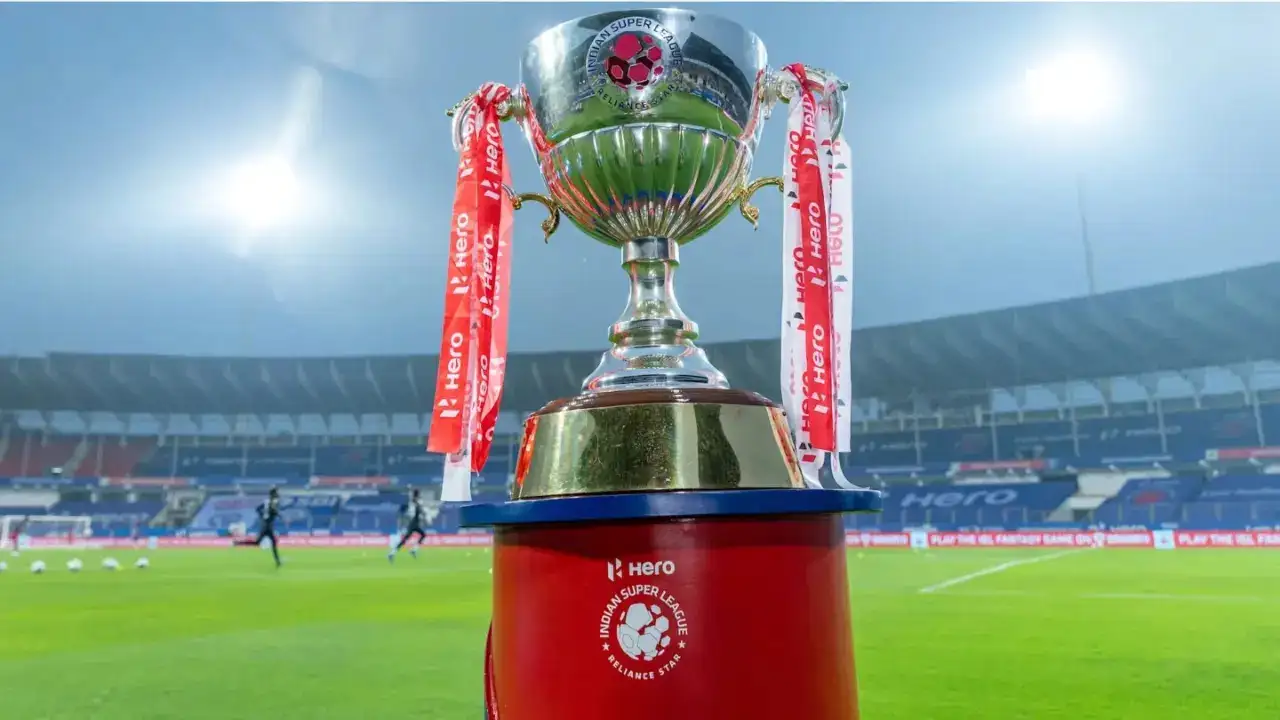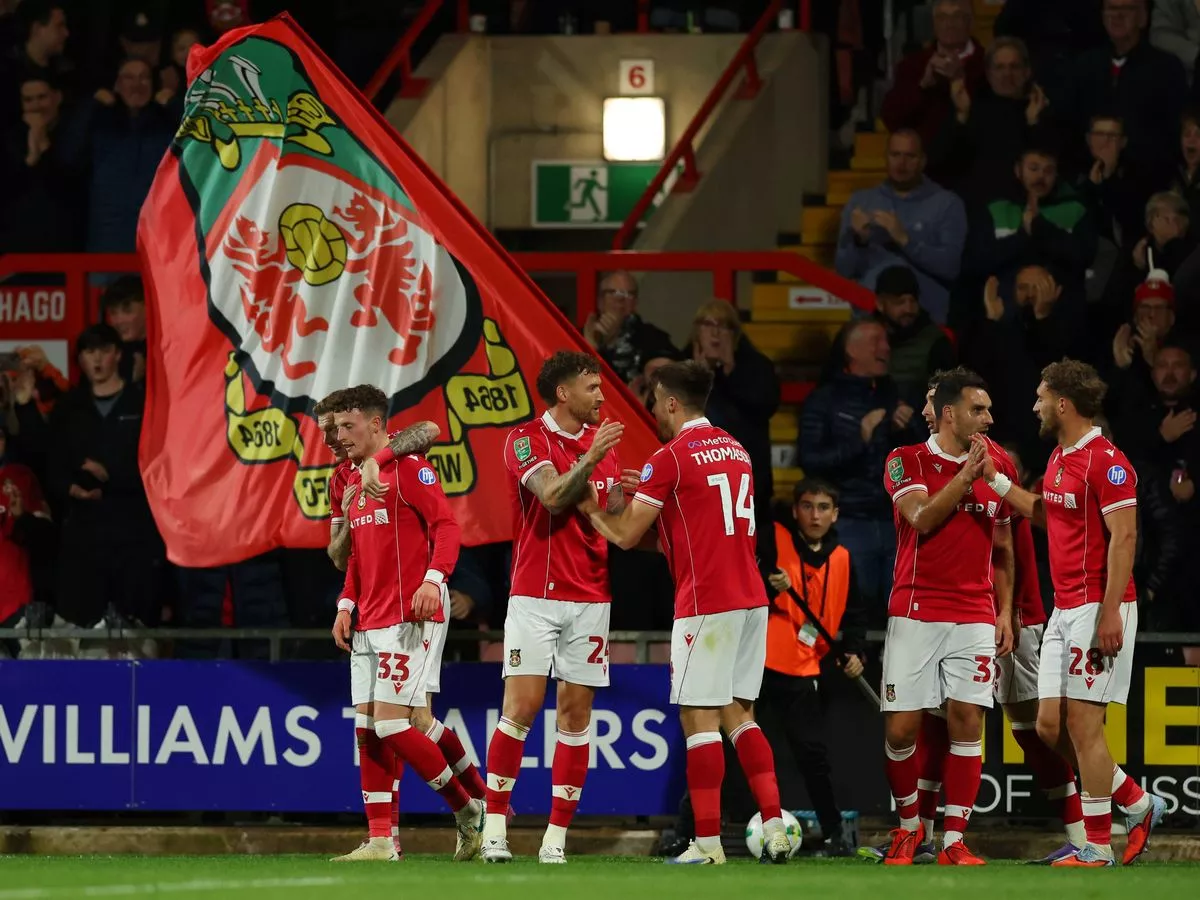Copyright scotsman

They were some of the biggest games of the 60s, 70s, 80s and 90sIf you grew up back then, you’re bound to remember these classic gamesThey include one of the noisiest games ever and another which gave young players nightmares Whoever said ‘the family that plays together, stays together’, obviously wasn’t thinking of all the cheating, trantrums and upturned boards. But it is true that many people’s most treasured memories are of sitting around the table with their family playing a classic board game. Some board games are as popular now as they’ve ever been, from Monopoly and Scrabble to Cluedo. But others have faded into obscurity and become almost impossible to get your hands on today, or are still sold but are nowhere near as popular as they once were. How many of these games from the 60s, 70s, 80s and 90s do you remember playing, and is your favourite among them? This was somewhere between a jazzed up shove ha’penny and a miniature version of curling, with ball bearings for stones. Released by Ideal in 1971, this two-player game saw contestants take it in turns to slide their red or blue balls along the board, bouncing them off the rubber band and into the scoring zone. If you went too far, you landed in the pit, scoring zero, and you could take your opponent’s pieces out by knocking them into that same pit. Lots of people have fond memories of this game, recalling how they spent hours playing it on rainy days. One person wrote: “Excellent game. Had to keep the track polished and change rubber bands occasionally.” Nightmare the Video Board Game Nightmare, also known as Atmosfear, was a revolutionary board game, which gave many children who grew up playing it in the 90s sleepless nights. It came with a spooky VHS cassette featuring the creepy ‘Gatekeeper’ character, who would occasionally shout abuse at the players, like ‘stop, maggot!’, or dole out punishments and rewards. The aim of the game was to collect six keys of your colour before making it to the centre of the board and avoid drawing your own ‘greatest fear’, which all players were required to write down at the start. If no one managed this within 60 minutes, the Gatekeeper was declared the winner. This classic 80s game was a bit like Operation on speed. It featured a vibrating bed upon which different coloured bugs hopped around manically while players attempted to catch them with their tweezers. The abiding memory for many players was the noise and the stress, with some people branding it the ‘noisiest game ever’, but it was incredibly addictive. One person recalled: “This was fun as a kid. Twenty years later, my roommate gave me bed bugs and now it just unlocks my PTSD.” This two-player game was ingenious but incredibly frustrating. First released in 1970 by the Milton Bradley Company, it features a vertical board with five dials which players take it in turns to twist. Each player attempts to get their coloured counters into the tray at the bottom first but you can’t see the other player’s side of the board to it’s easy to inadvertently help or hinder your opponent by turning a dial. It was doubtless the source of many sibling quarrels, but one person described it as ‘one of the greatest games of the 80s’. Dream Phone You didn’t have to be a teenage girl to enjoy this popular 90s game but it helped. Dream Phone was sleepover staple. The aim of the game was to work out which mystery boy has a crush on you, from clues delivered by the ever so 90s giant pink phone. Players recalled how clues included lines like ‘he likes most sports, except volleyball’, and ‘he’ll eat almost anything, but not hotdogs’. Everyone had their favourite Dream Phone guy, with some people admitting they can even remember the phone number of theirs all these years later. One person recalled: “I can still remember how giddy and giggly I was playing this game with my sister! So fun!” Another commented: “I remembered wanting this just so I could have the voice in the phone say they really liked me… I was a lonely child.” Frustration This 60s game, in which two players race to navigate the same maze, was a knockout hit. The column lights up in the colour of the winning contestant when their steel marbles complete the course and land in the finishing holes. Chartbuster This popular 70s board game came with a glowing endorsement on the box from a fresh-faced Tony Blackburn, who called it: “A smash hit. Super for pop fans.” Players were thrust into the ‘exciting and glamorous world of pop’, given £100 and challenged to get heir songs as high up the charts as possible. The winner was the first player to sell a million records. Yes, this was back in the days when you actually had to sell records to make the charts. The aMAZEing Labyrinth If you could get past the terrible pun, which was wisely dropped for future editions, there was so much fun to be had playing this classic 80s board game. Released by Ravensburger in 1986, the board consists of a maze which players can rearrange by moving the cards. The goal is to work your way around the maze, collecting treaures, before returning to your starting square. The simple but addictive gameplay made Labyrinth an instant classic, with many people recalling how they were obsessed with playing it as children. This is certainly a strange name and concept for a family game - one which plunges players into the cut-throat, stressful world of business. First made in 1969 by Waddingtons, competitors are tasked with running a company. They must hire their staff, decide how much to pay them and make it to the end of the business year without a rival poaching their best employees. Pay your staff too little and they might be tempted by a better offer, but reward them too richly and you could end up bankrupt. You have to steer your firm through the choppy corporate waters while avoiding the ‘Ulcer’ cards which can prove disastrous for your bottom line. It was described, in decidedly un-PC talk, as ‘the game of manipulating company personnel’. If you’re after more childhood nostalgia, you might like to check out our look back at 14 things you’ll remember doing if you grew up in the 70s.



